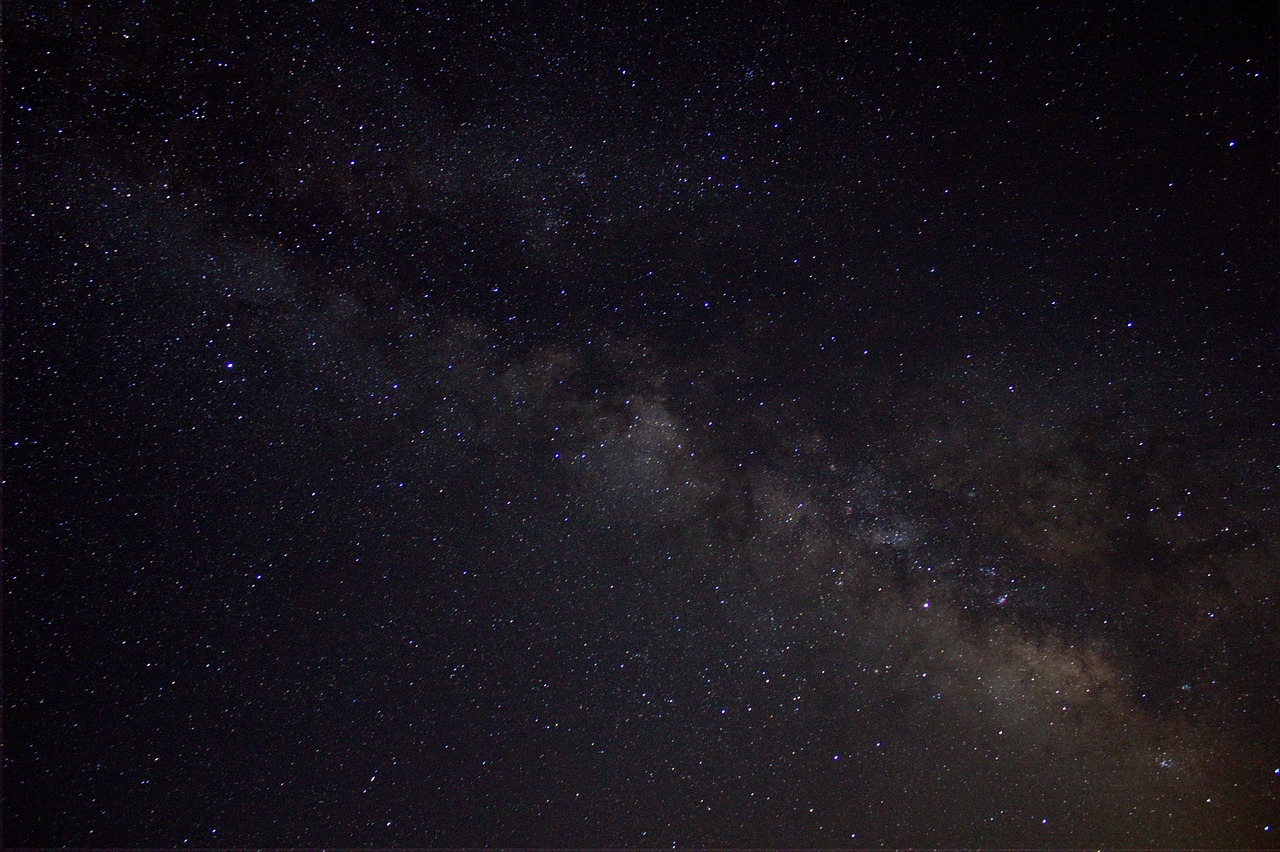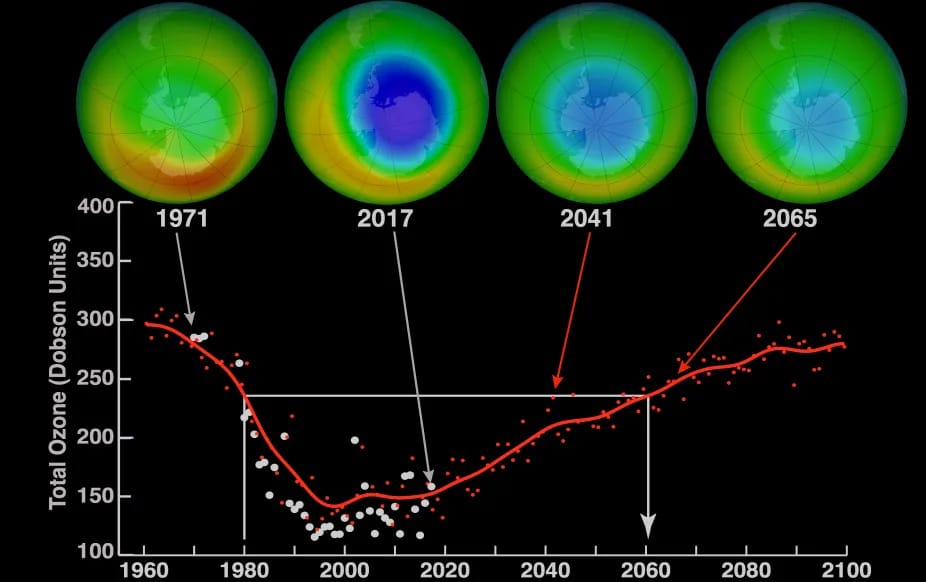The Quantum Vacuum: Illusion of Emptiness

In physics, a vacuum is defined as a space entirely devoid of matter. However, when we enter the realm of quantum physics, that space is far from empty. In reality, it is filled with fluctuating energy and fleeting, temporary particles. This dynamic nature has made the vacuum an essential part of quantum physics.
The vacuum is full of these short-lived particles, yet there can be moments where none are present in a particular region. Even in the absence of particles, quantum fields retain energy; this is known as zero-point energy. Heisenberg's uncertainty principle explains this phenomenon: we cannot know both the exact energy and the exact time of a particle, as energy constantly fluctuates to some extent. Therefore, the vacuum always maintains this base level of energy, even at absolute zero. It's akin to a hybrid car engine that's never completely turned off.
These temporary particles usually come in pairs, like electrons and positrons, and vanish almost instantly. Though we cannot observe them directly, we can detect their effects. This is why they're called virtual particles. Quantum physics permits these particles to briefly pop into existence, as long as they disappear enough to avoid violating the conservation laws.
But what causes these particles to appear and vanish? Their brief appearances are due to fluctuations – tiny random energy changes in space caused by quantum uncertainty. Imagine it like water boiling, restless and unpredictable. These fluctuations lead to phenomena like the Casimir effect, which provides experimental evidence that the vacuum is not truly empty. The effect occurs when two parallel, uncharged plates are placed very close to each other in a vacuum. A small attractive force pulls them together due to differences in quantum vacuum energy between the space inside and outside the plates.
We’ve also learned that every particle in the universe corresponds to a field in which it vibrates. Even without particles, these fields still fluctuate, producing activity in the vacuum. Even the Higgs field doesn’t have a zero value in the vacuum. Notably, the Higgs field does not vanish in the vacuum. It permeates all of space and imparts mass to particles, even in the vacuum.
One fascinating hypothesis is that the energy of the quantum vacuum might be connected to dark energy, the mysterious force driving the accelerated expansion of the universe. Understanding this connection could help bridge the gap between general relativity and quantum mechanics, two of the most profound theories in modern physics, which are not yet connected by a single theory.
The quantum vacuum has contributed to our understanding of modern physics, particularly through developments in quantum field theory. It serves as a reminder that “nothing” is something. There is quite a high possibility that this vacuum holds large, untapped reserves of energy that are yet to be harnessed.
Similar Post You May Like
-

CFCs, HFCs and their long, troubled history
At its peak, the ozone hole covered an area 7 times larger than the size of Europe, around 29.9 million km2, and was rapidly expanding
-

The Origin of Universe: Deciding point where it all began!
Let us unravel and surf through the ideas throughout ages to understand what the universe and its origin itself was to its inhabitants across history.
-

The Artemis Program
Inspired by the Greek goddess of the Moon, twin sister to Apollo, the artimis program was named on 14 May 2019 by Jim Bridenstine.






